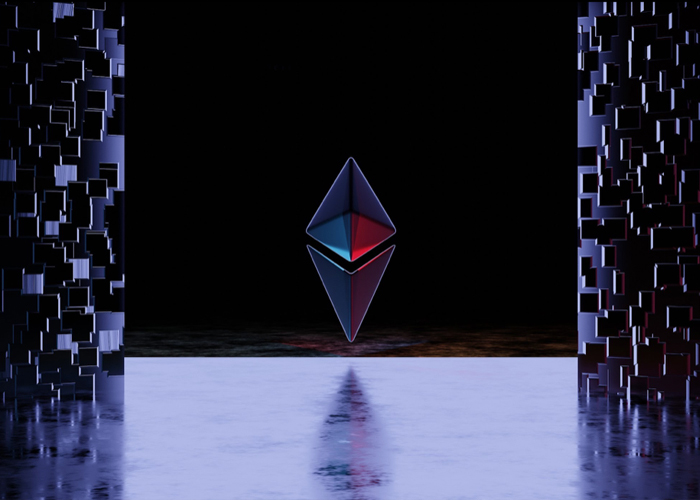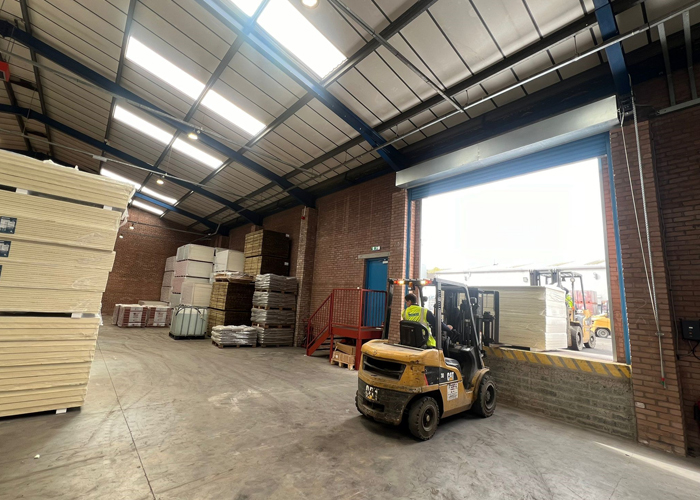WITH advancements in technology coming as frequently as they do, it is easy to get lost in the world of jargon and confused about what is what. Both blockchain and Web3 are hot topics today, and it isn’t necessarily clear to everyone what the difference between them is.
Let’s take a look at both these concepts and see how they are impacting technology and our lives.
What is blockchain?
Blockchain is a decentralized database that can be accessed from different points on a given network. It is the type of database in which the transactions of cryptocurrencies, for example, are recorded. This is only one example of blockchain’s many purposes, however.
The type of database that blockchains utilize are called “ledgers,” or anonymous collections of records upon which transactions are recorded. Ledgers contain the histories of transactions that have taken place among the participants in a given network. Because transactions are anonymous, their public nature does not pose a security threat to participants because their identity is never exposed. Blockchain is also known as distributed ledger technology (DLT).
Blockchain gets its name from the fact that it is a chain of “blocks.” Whereas a traditional database uses tables for information storage, blockchain uses these. Blocks are collections of information stored in discrete amounts that, when linked, form a chain. Blocks remain “open” until the data that they contain becomes validated by the network as a whole, at which point they become “closed” and can no longer be altered. Once a given block is closed, new blocks can then be added to the chain.
Although the most popular uses of blockchains are for Bitcoin and other cryptocurrency transactions, the technology’s applications are developing and increasing in number very quickly. Soon, it will be widespread across many industries.
Web3 and blockchain
Web3 is often confused with Web 3.0. Web 3.0 is seen as being the third iteration of the Internet, with Web 1.0 (the original, “read-only” Web of the 90s) and Web 2.0 (what started taking shape in 2004 with greater interactiveness and social media functions) preceding it. Web 3.0 is said to be the version of individual ownership as users will have greater control over their data and what each person contributes to the Web will, in fact, belong to him or her as data becomes encrypted with individual identifiers.
Web3 is related to Web 3.0, but they are not exactly the same thing. Web3 is a term that is used to refer to those aspects of the Web that are based on blockchain and its associated technology. Web3 will see an increase in the use of cryptocurrencies, NFTs (non-fungible tokens, or digital identifiers that give users ownership over their data), and other technologies associated with blockchain.
Like the blockchain technology that it is built upon, Web3 is decentralized, with ownership being distributed among users. Its usage is also lateral in the sense that participants in the blockchain process essentially have equal rank with one another, as opposed to previous versions of the Web in which users had to answer to central authorities. And it is open. Because the blocks used in creating the chains involved in transactions, etc are encrypted, there is no risk of identity exposure and information is public.
The more things change…
Not everything is changing, though. Because there are some aspects of the Web that don’t need to become more advanced, the likelihood is that the future Web will exist in some sort of hybrid format. According to buidlbee, many sites and applications will continue to utilize the technology of previous versions of the Web. Although blockchain will be used more widely in the future, it will not become ubiquitous.
Technology is evolving; that’s a fact. However, just as we’ve seen a return to record players and paper books and other things once thought outdated, so too will the Internet continue to exist in diverse forms for different purposes. There are, of course, still sites out there which are purely informational. So, keep your eyes open, but also keep a level head about what new technology really serves a distinct role that can’t be served by something simpler.










